Enter your address to receive notifications about new posts to your email.
Featured
-
Featured
Early Career Scientist Leadership Spotlight — Caitlin McDonough
We’re taking time over the following weeks to get to know the members of the GSA’s Early Career Scientist Committees. Join us every week to learn more about our early career scientist advocates. Caitlin McDonough Co-Chair, Career Development Subcommittee Syracuse University Research Interest: My motivation as a scientist is rooted…
-
Featured
Cause of fatal naked foal syndrome revealed
When a horse is born with naked foal syndrome (NFS), it will likely die early. This genetic skin condition affects the Akhal-Teke horse breed from Turkmenistan, which is known for its speed, endurance, and intelligence. Worryingly, the incidence of NFS seems to be increasing. Although breeders have been aware of NFS for over 75 years,…
-
Featured
Tools for transgenic studies in close relatives of D. melanogaster
Thanks to more than a hundred years of working with Drosophila melanogaster, geneticists have many powerful tools for precisely manipulating its genes. It has also become a model system for studying speciation and molecular evolution together with the other members of the melanogaster species group: D. simulans, D. mauritiana, D. yakuba, and D. santomea. However,…
-
Featured
Twenty years of the Worm Art Show
In 1997, Ahna Skop approached her graduate advisor, John G. White, about adding a worm-themed art show to the International C. elegans Conference he was organizing that year. “He said I could do whatever I wanted, but not to involve him,” she recalls. That year marked the very first Worm Art Show, which has since…
-
Featured
GSA Marches!
Yesterday, hundreds of thousands of scientists and science enthusiasts came out in force, rallying at more than 600 locations around the world to support robustly funded and publicly communicated science as a pillar of human freedom and prosperity. Many in the GSA community joined the March for Science, including a group at the Washington DC event, led by GSA President…
-
Featured
Protein variance in tightly controlled developmental processes
Take two neighboring cells from the same tissue—cells that are about as identical as any could be. Despite their similarities, these two cells could actually vary massively in their transcriptome. The typical fate of an mRNA—the “transcript” in transcriptome—is to serve as a template to make a protein, but it isn’t clear that the differences…
-
Featured
Live long and prosper (under the right conditions)
Restricting calorie intake seems to promote longer lives in a wide range of organisms, from microbes to mammals. Some determined youth-seekers are already adopting reduced-calorie diets in an attempt to extend their lifespans. But it’s not clear yet that these anti-aging effects apply to humans, and the mechanisms by which they work in other organisms…
-
Featured
GSA / March for Science T-shirts now available!
GSA is an official partner of the March for Science—we hope you will join us in marching on Earth Day, April 22! You can now wear one of our fantastic new GSA March for Science T-shirts, available in two designs. All proceeds go to the non-profit, volunteer-run March for Science organization, supporting the major logistics costs…
-
Featured
50 years of molecular evolution in Drosophila
In the genomic era, population geneticists are flooded with molecular data on the evolution of natural populations. This deluge started in 1966 as a trickle of data from protein electrophoresis studies, including the landmark GENETICS papers published by Richard Lewontin and John Hubby. As Lewontin is honored this week at the Annual Drosophila Research Conference…
-
Featured
Nine ways you can fight the proposed federal research budget cuts (without going to DC)
We have heard an outpouring of anger and fear from our members since the President’s budget proposal was released on March 16th. As GSA President Lynn Cooley and Vice-President Jeannie Lee argued last week, the proposed gutting of federal research budgets would be terrible for science—and worse for society. But this is just a proposal.…
-
Featured
Snorkeling out of the membrane
One of the last places you’d expect to find a charged amino acid residue is buried within the hydrophobic interior of a lipid bilayer. And for the most part, this expectation holds true: portions of proteins that span membranes are typically composed of hydrophobic residues. But in some cases, the positively charged residues lysine and…

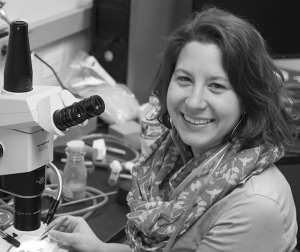
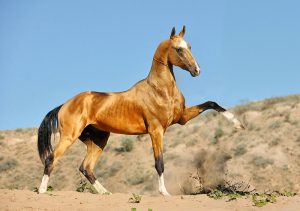
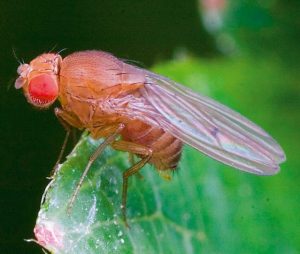
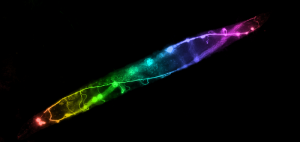
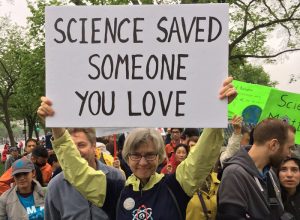


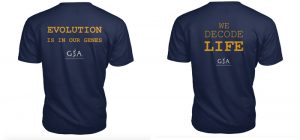
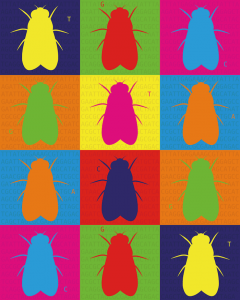

![By National Park Service [Public domain], via Wikimedia Commons.](https://s36063.pcdn.co/wp-content/uploads/2017/03/biscayne_np_snorkeling-1-300x214.jpg)